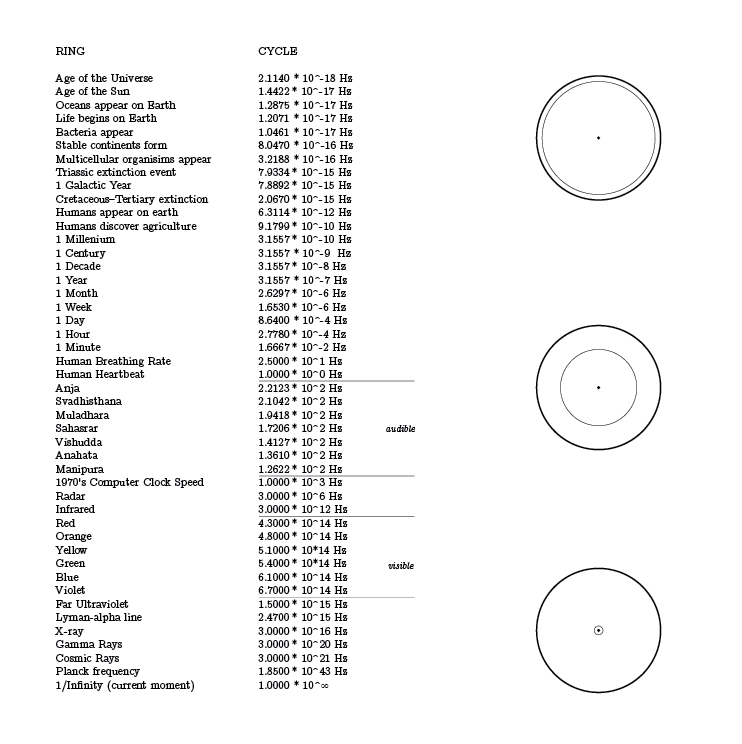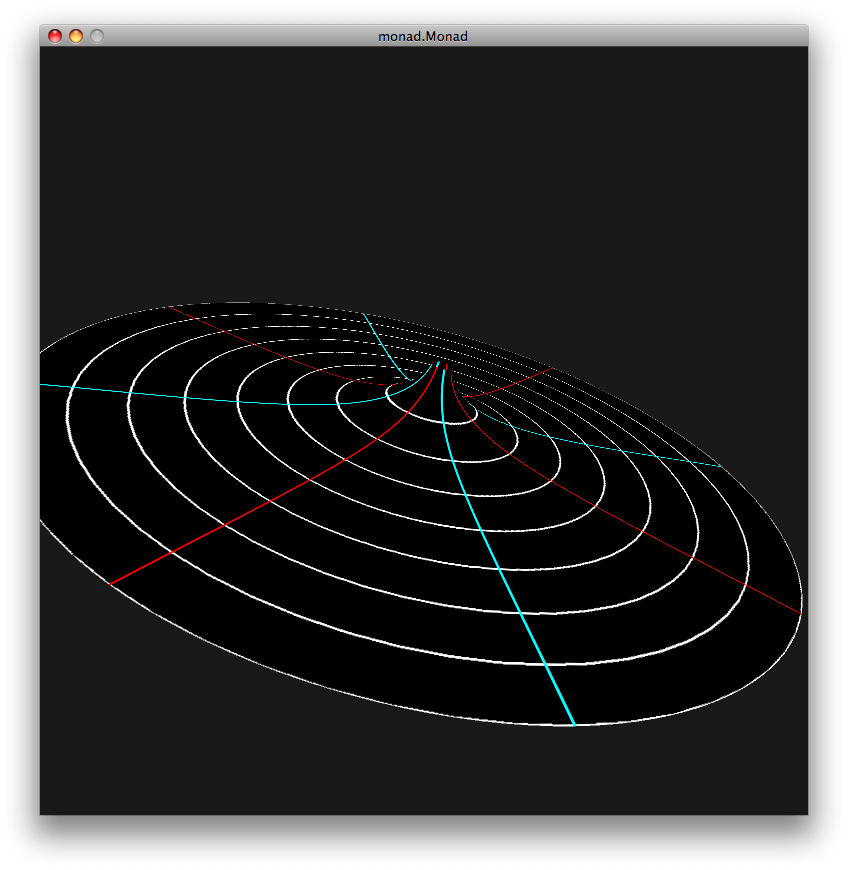An interface for relative galactic timekeeping 🌍🌎🌏⏳
~ Work in progress draft/dump as the project takes shape ~
Last Edit: Tue Apr 28 14:41:00 2020
Thesis
Cycles are the core principal of the universe, and are all pervasive. We are thoroughly enmeshed in cycles and the periodic rhythms, which span the frequencies of space and time. Some are of the most obvious on a daily basis: our sleep patterns, the weather, the seasons, sunrise, sunset, the moon phases, and more. On a larger magnitude: the age of our bodies, the rise and decline of species, the life cycle of stars. On a smaller, our breathing rate, our heart rate, the audio spectrum of music, speaking, the visible light spectrum, radio waves, cosmic rays, and ultimately the smallest measurable amount of time we can comprehend (Planck time). The appearance of the entire world and all existence with its natural and technological cycles are rooted in archetypal, sinusoidal principals.
Relativity
Most modern calendars organize our relationship to these time cycles and allow for a shared agreement and experience across the globe of our shared temporal reality. Temporal Relativity can be defined in Kāla defined by the user as a demarcation of where Future and Past “begin”, ie, the present moment, as relative to a user-defined Epoch. When using existing models, such as Gregorian, Epoch is defined as Year 0. In Kāla, a user can define epoch(s) as they see fit, ideally creating various timescales that are relative to their timekeeping desires. In line with special relativity, we conclude that the user is therefore and “observer”, and this definition of epoch and present moment is the “frame of reference”. Reference frames are inherently nonlocal constructs, and according to this usage of the term, it does not make traditionally speak of an observer as having a location, but Kāla’s time-frame reference requires for a location to be included. This specification is necessarily defined as a geolocation on Earth, or a TimeZone. Kāla is a Terrestrial (Earthly) time-keeper.
Etymology
Via Wikipeda, Kāla (Sanskrit: काल, translit. kālá, [kaːlɐ]) is a word used in Sanskrit to mean “time”. It is often used as one of the various names or forms of Yama.
The word “calendar” originates from the Latin word “calendarium,”. The root of the word is the Latin verb “calare,” which means “to call out” or “announce,” reflecting the practice of announcing important dates on the calends.
Calendar Reform
In no way is Kāla intended to contribute to an idea of Calendar Reform, but one of spacetime-reference to the Universe upon which theoretically any calendar can be applied as a time “model” or quantization at the users discretion.
Proposal
Kāla is a graphical interface for high-precision timekeeping and reference. It is a clock as well as a calendar. Use-cases include:
- Source of “relative temporal truth” based on research-grade astronomical computation
- Graphical representations that can be exported as PDF for print
- Support for user-create events and repeating cycles of any periodicity
- Sidereal Time support
- Graphical visualizations of user-created as well as natural occurring cycles, including astronomical cycles and the Moon and other celestial objects in the galaxy.
- Support for various calendar types such as:
- Gregorian
- Julian
- Lunar
- Egyptian
- Umma
- Roman
- Haab’
- Mayan
- Inuit
- Chinese
- Japanese
- Islamic
- Nepalese
- Dreamspell
- Holocene
- Symmetry454
- … and user-created custom types
- Integration of Other Temporal Types:
- Death Year (assumed)
- Local Almanac / Weather Patterns
- Zodiac
- Personal Health and body Patterns
- … and others
- Support and integrate traditional digital calendar API’s and interfaces such as:
- Google Calendar
- iCal
- CalDAV
- cal (UNIX)
- Outlook
- … and others
References
Prior Work
Technology
Reference Links
- http://www.astronomy.com/news/2020/01/why-does-a-week-have-seven-days
- https://www.youtube.com/watch?v=P-hUV9yhqgY
- https://youtu.be/IJhgZBn-LHg?t=1020
- https://en.m.wikipedia.org/wiki/Great_Attractor
- https://joshworth.com/dev/pixelspace/pixelspace_solarsystem.html
- https://www.youtube.com/watch?v=v3y8AIEX_dU
- https://www.google.com/amp/s/slate.com/- technology/2013/03/vortex-motion-viral-video-showing-suns-motion-through-galaxy-is-wrong.amp
- https://github.com/tingletech/moon-phase
- https://gist.github.com/tingletech/3680124#file_phase_notes.txt
- http://search.cpan.org/~ivanwills/SVG-Calendar-v0.3.0/lib/SVG/Calendar.pm
- https://spiralspectrum.com/pages/cosmic-calendar/
- https://en.wikipedia.org/wiki/Metonic_cycle
- https://en.wikipedia.org/wiki/Octaeteris
- https://helixtime.io/
- https://fullcalendar.io/#demos
- https://en.wikipedia.org/wiki/On_Kawara
- http://bernardol.com/100-years-calendar/about.html
- https://www.gaian.systems/blog/the-living-earth-hypothesis-or-world-view
- https://www.nytimes.com/2019/03/24/technology/personaltech/depression-anxiety-video-games.html?smid=nytcore-ios-share
- http://techno-logic-art.com/clock.htm
- https://shop.heathkit.com/shop/product/most-reliable-clocktm-gc-1006-26
- https://mitxela.com/projects/precision_clock_mk_iii
- https://en.wikipedia.org/wiki/Precision_Time_Protocol
- https://en.wikipedia.org/wiki/Runic_calendar
- https://en.wikipedia.org/wiki/Callippic_cycle
- https://en.wikipedia.org/wiki/Year#Draconic_year
- https://en.wikipedia.org/wiki/Saros_(astronomy)
- https://en.wikipedia.org/wiki/Metonic_cycle
- https://en.m.wikipedia.org/wiki/Holocene_calendar
- http://www.jqjacobs.net/astro/
- http://www.mysticalinternet.com/software/td.htm
- https://oto-usa.org/
- https://timecube.2enp.com/
- https://stevemorse.org/hebrewcalendar/hebrewcalendar.htm
- [https://www.middleeasteye.net/opinion/david-graeber-vs-yuval-harari-forgotten-cities-myths-how-civilisation-began]
- http://dmtr.org/lunarcalendar
Images
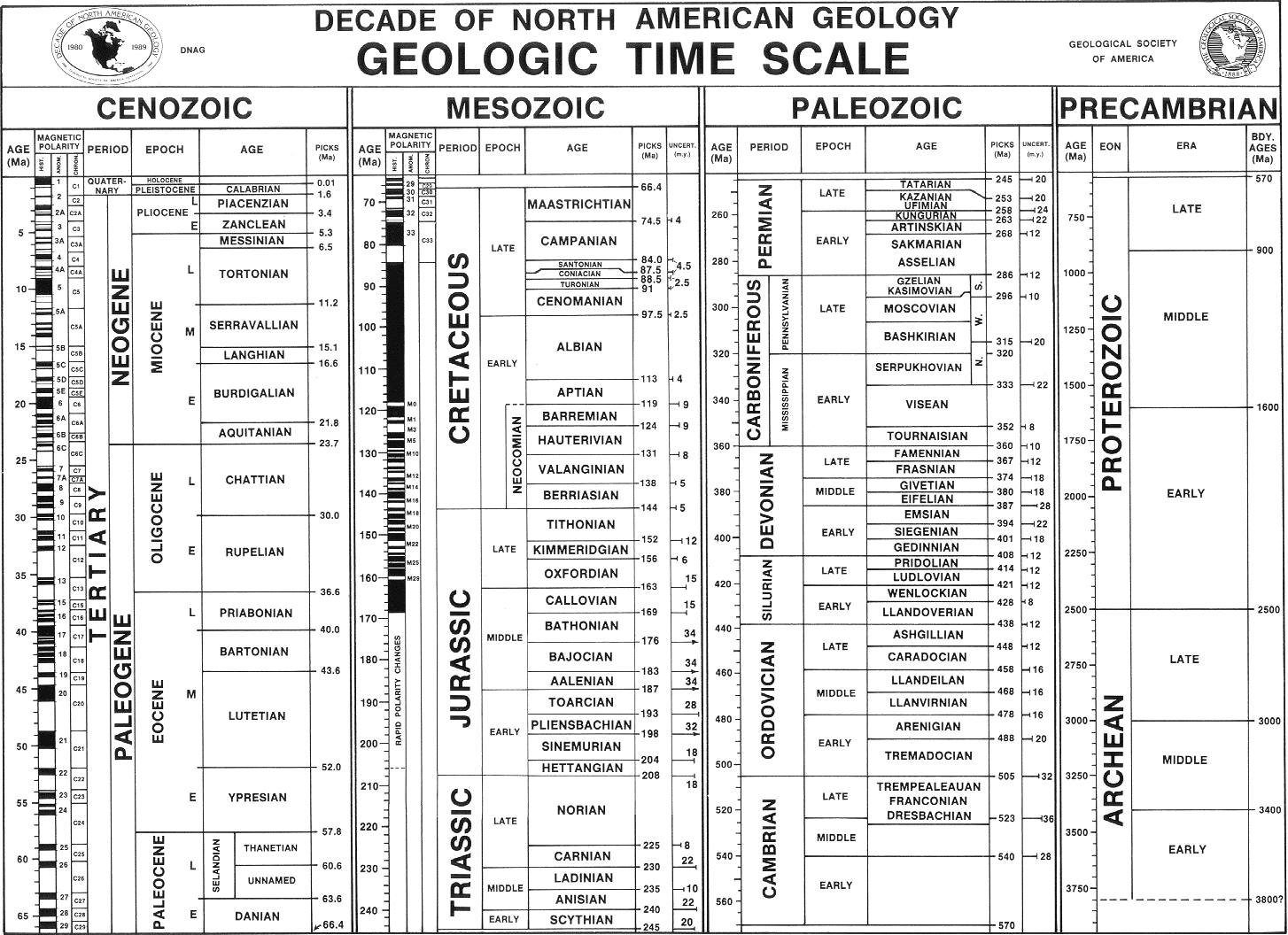

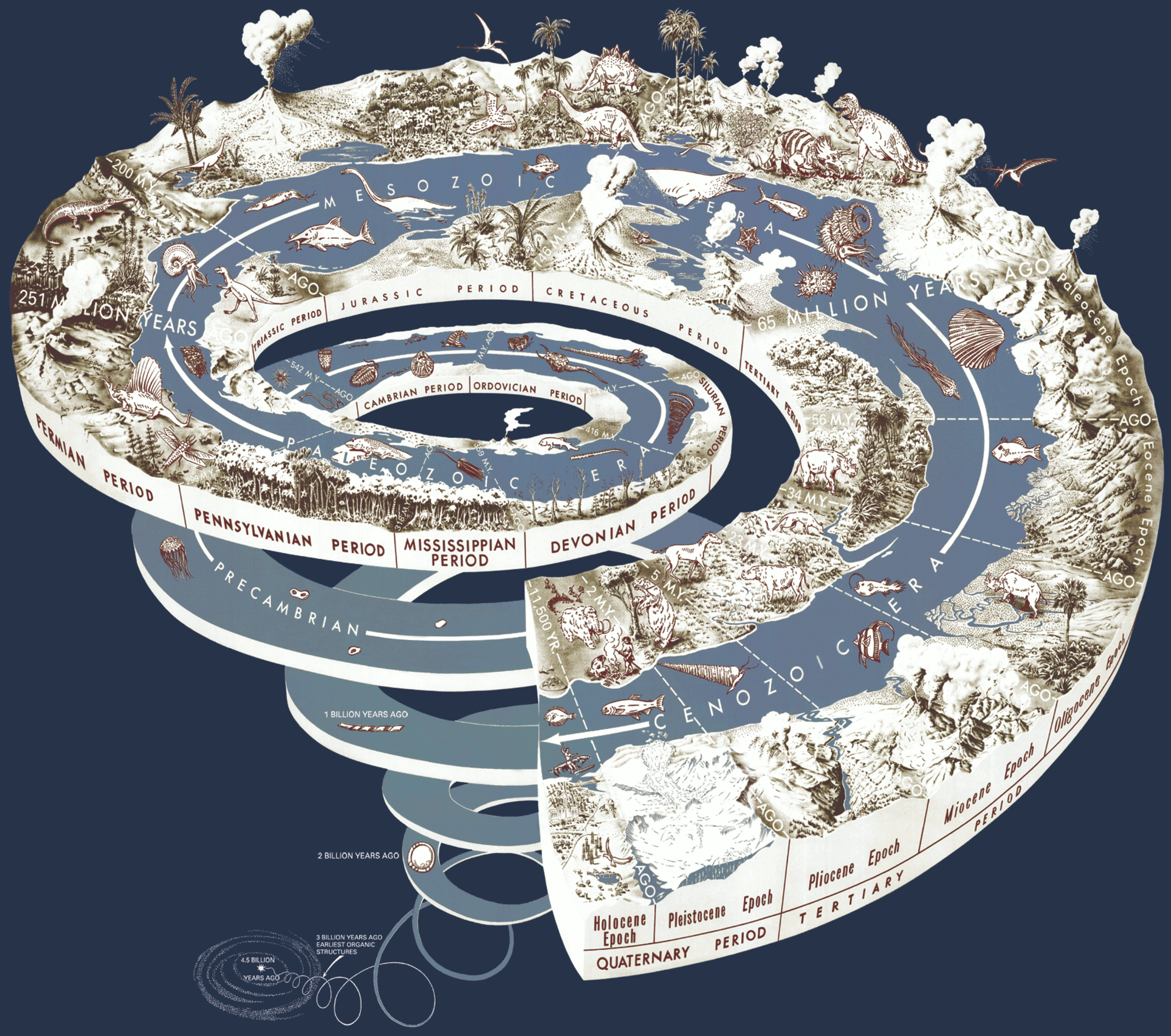
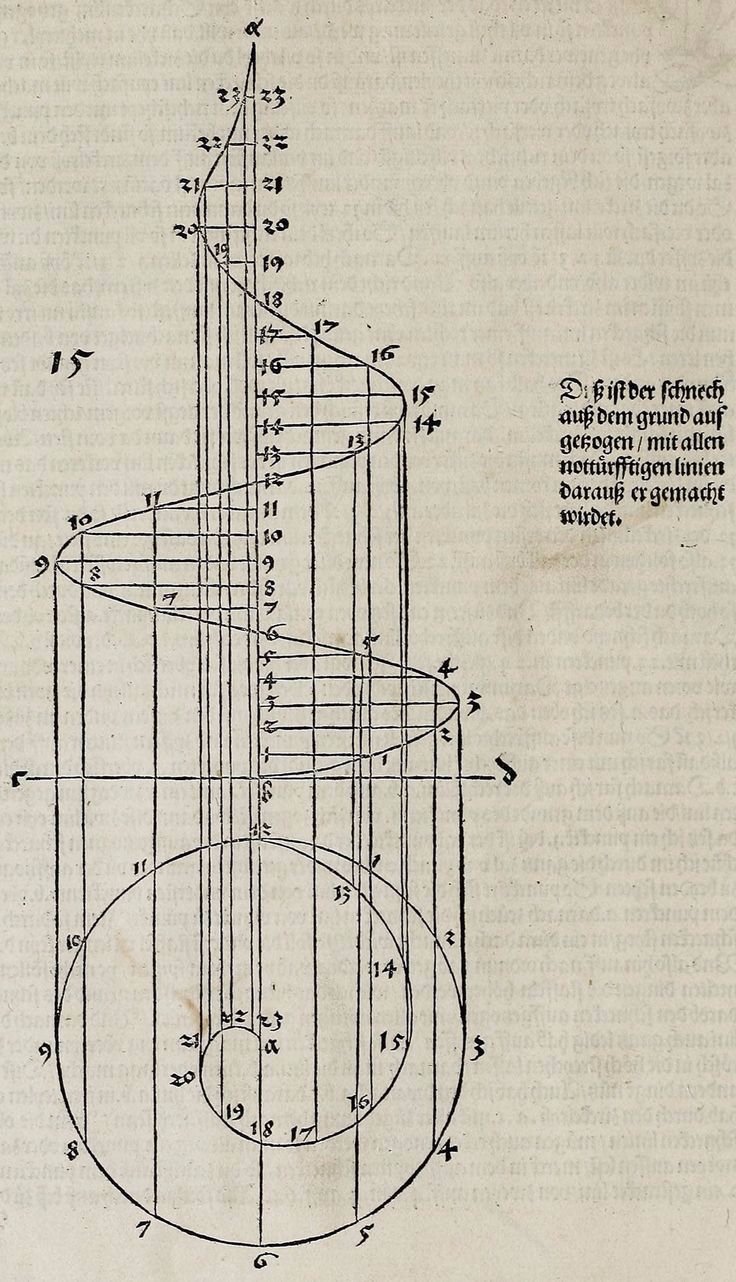

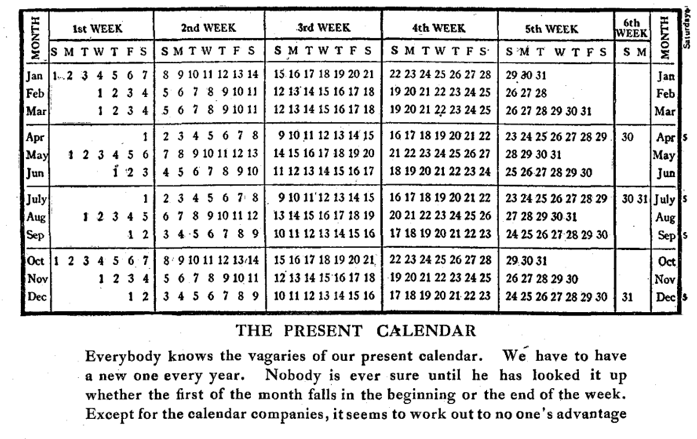

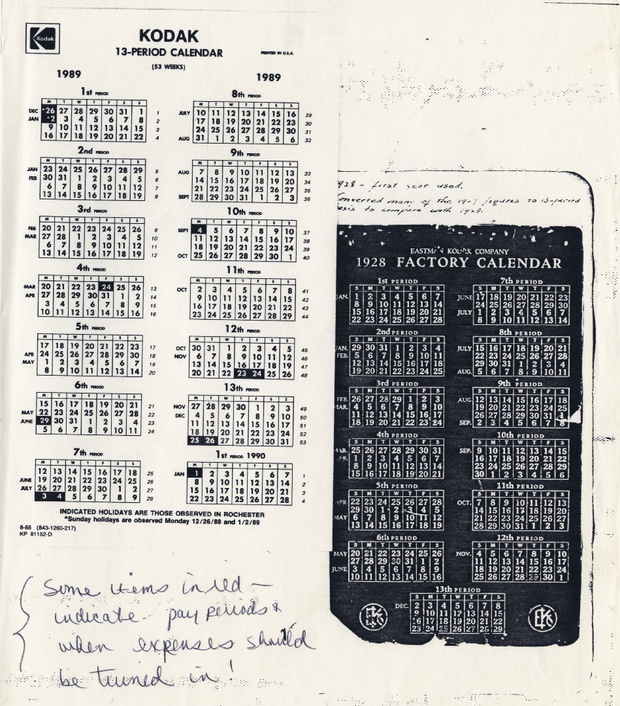
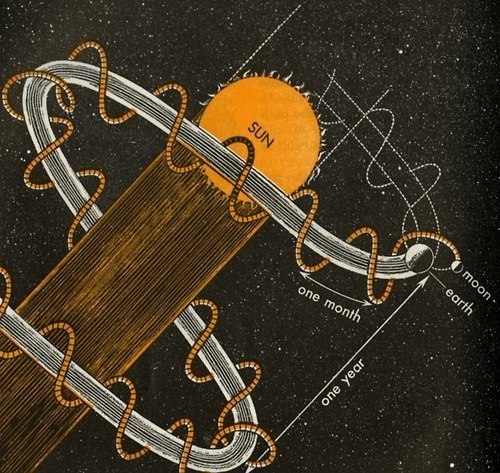
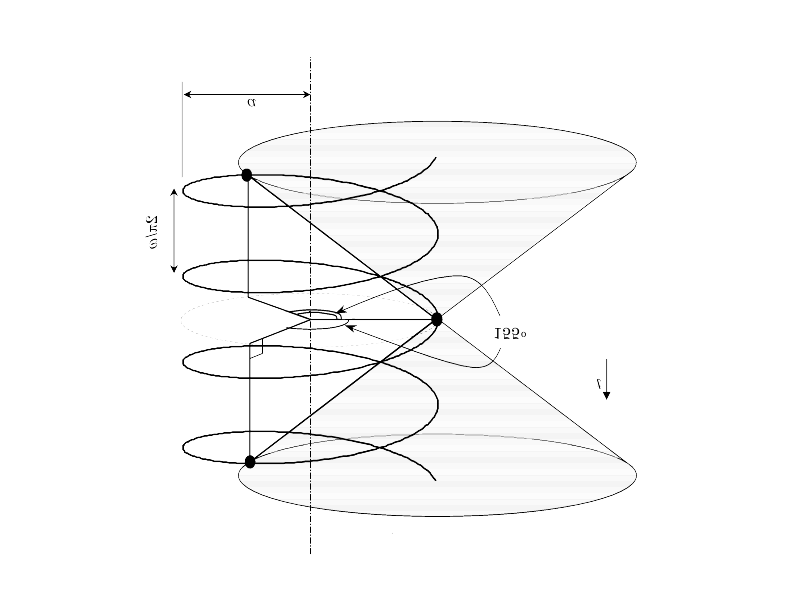 Circular motion as space-time helix
Circular motion as space-time helix
 time dilation using a light-pulse clock in the book ‘Concepts of modern physics’ by Arthur Beiser
time dilation using a light-pulse clock in the book ‘Concepts of modern physics’ by Arthur Beiser
